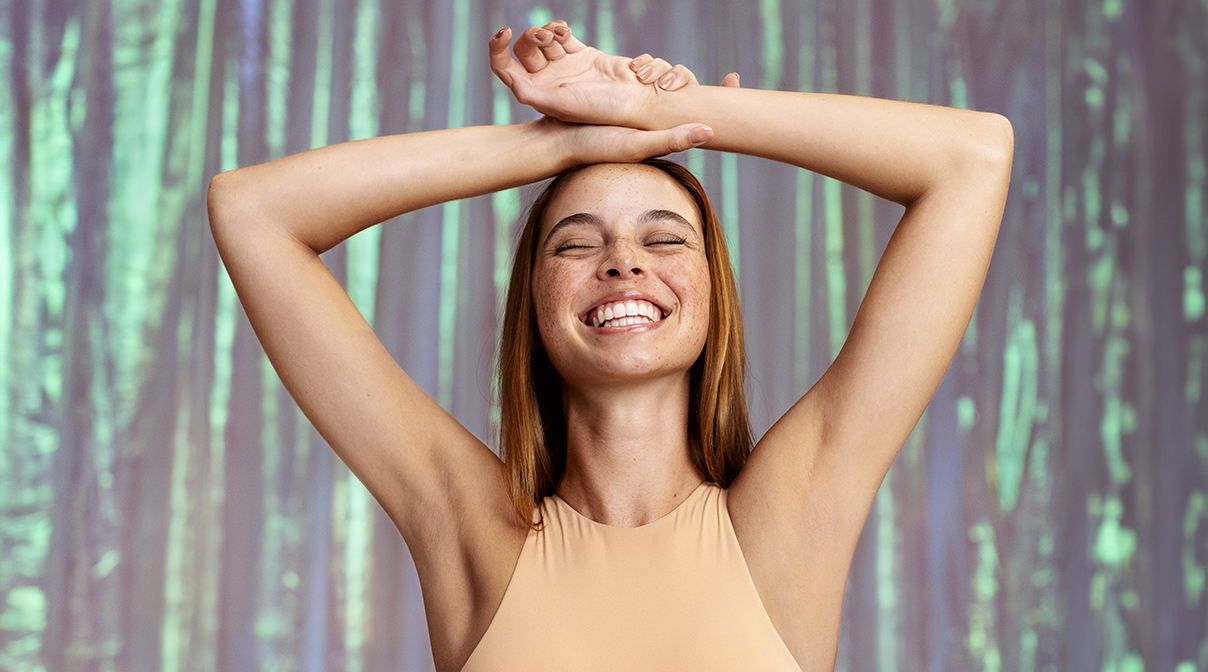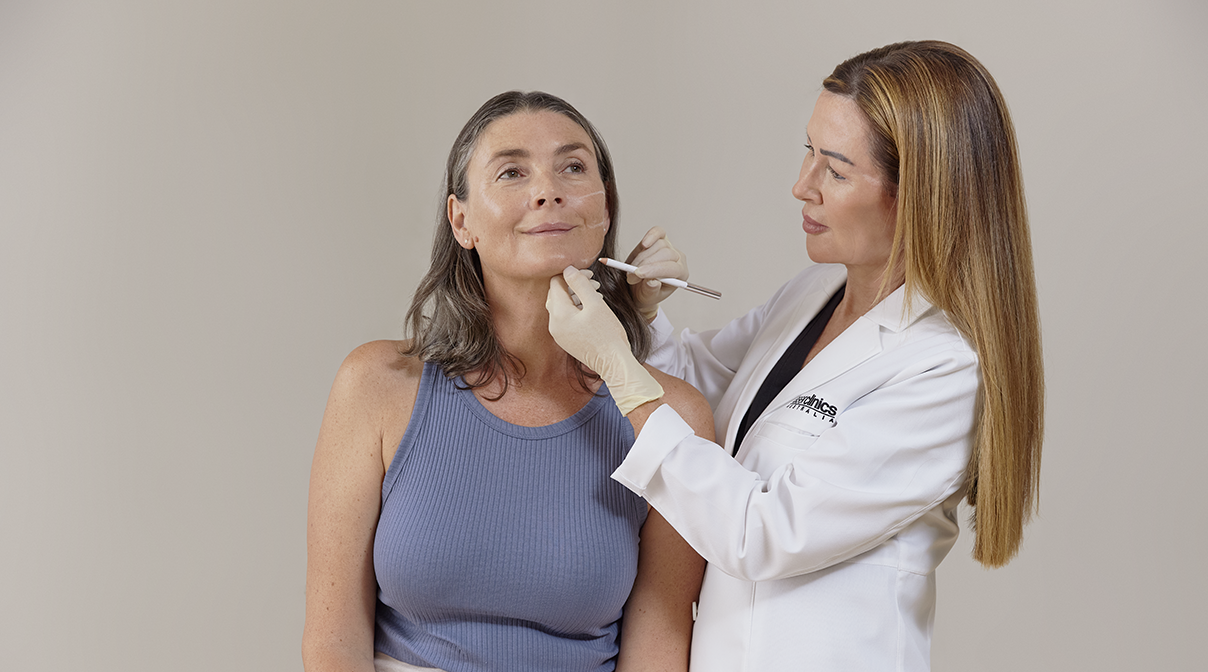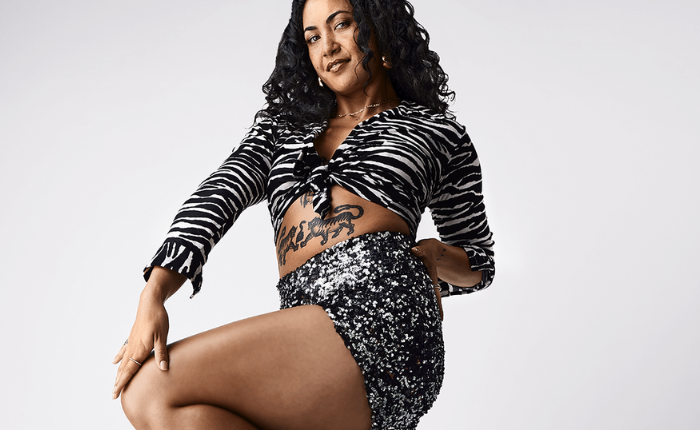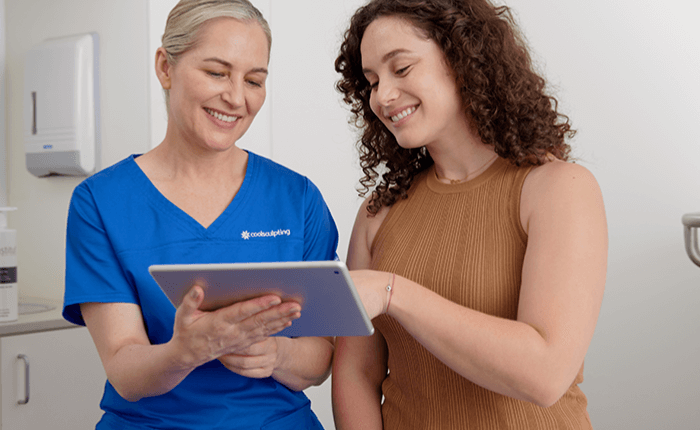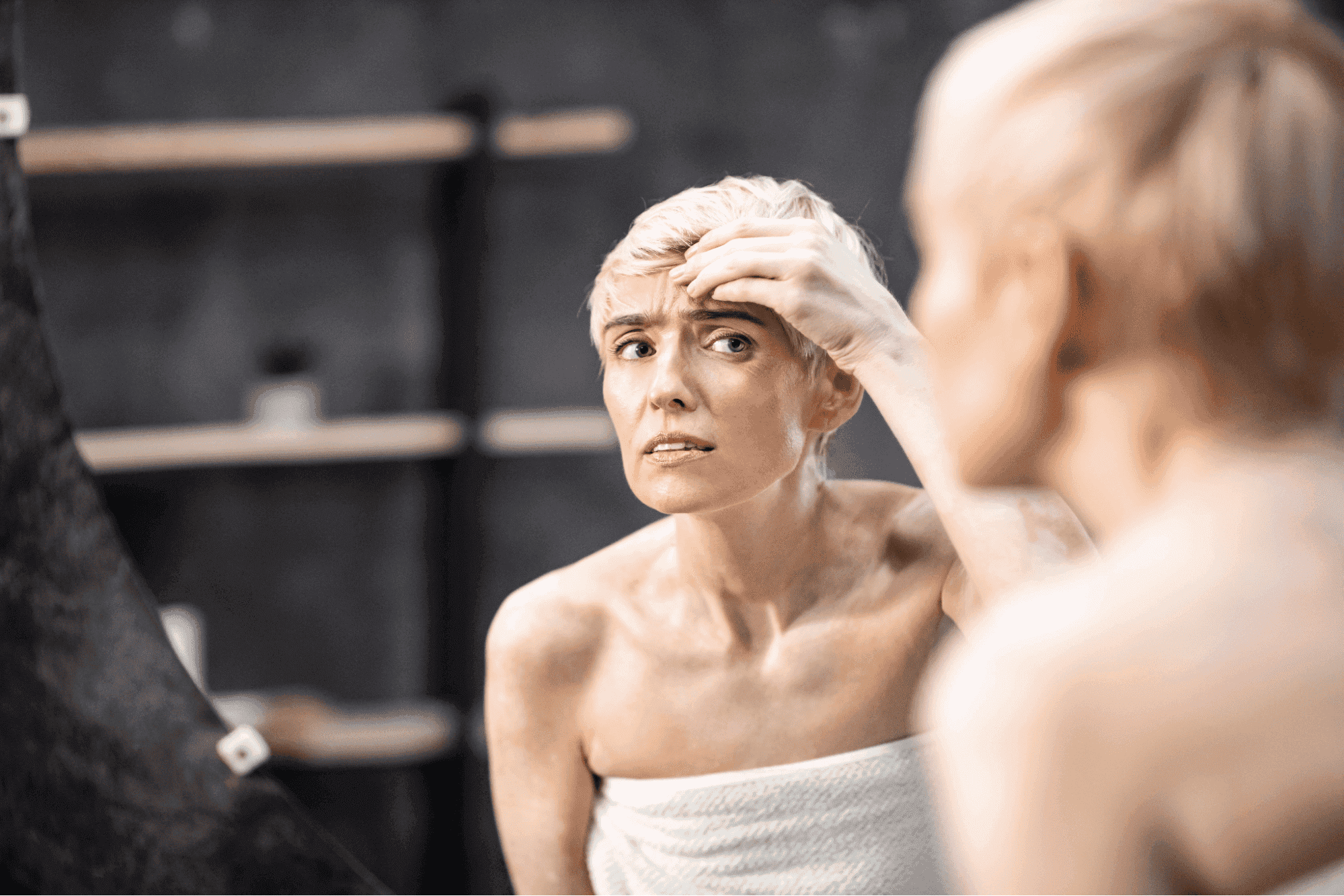Did you know that acne is one of the most common skin diseases in Australia?
If you have acne, you’re not alone. It’s the most common skin disease – affecting 85% of Australians aged 15-24 years old*. And it doesn’t matter whether you’re male or female as both sexes get acne.
Acne is usually associated with hormonal fluctuations experienced during your teenage years, however, adults can experience acne too.
Men
Higher levels of androgens (male hormones like testosterone) are present in teenage boys and young men. As a result, they are more likely to have acne and unfortunately, also more likely to have severe acne.
Women
Many women will notice that their acne worsens just before their period.This is due to changes in female sex hormones (such as oestrogen), which can contribute to blockage and inflammation of pores.
Unfortunately, women are more likely to suffer from ongoing acne. In some cases, this means acne can hang around even in your 30s and 40s. Women can also develop acne for the first time later in life and bear the burden of adult acne – a frustrating condition that’s becoming more common and appears to be linked to both hormones and stress.
What causes acne? There are several factors at play including:
Clogged pores, attributed to:
- Excess production of oil (sebum)
- Bacteria
- Hormones
- Dead skin cells
- Ingrown hairs (which can be avoided by laser hair removal)
Hormones:
- Rising androgen levels cause the oil glands under the skin to grow. The enlarged gland produces more sebum. Excessive sebum can break down cellular walls in the pores, causing bacteria to grow
- Pregnancy
- The contraceptive pill (in some cases)
Environmental:
- Lifestyle
- Diet
- Stress
Other triggers:
- Some medications that contain androgen and lithium
- Some cosmetics (avoid silicones, choose oil-free and non-comedogenic formulas)
- Hormonal changes
- Stress
- Menstruation
- Pregnancy
Types of acne
Non-inflammatory acne: includes whiteheads and blackheads and can usually be treated with over-the-counter treatments and a good skincare routine.
Whiteheads
Whiteheads form when a pore gets clogged by sebum and dead skin cells. The top of the pore closes and a small bump protrudes from the skin. Products containing salicylic acid can be helpful while topical retinoids provide great results for whiteheads.
Blackheads
Blackheads form when a pore is clogged by a combination of sebum and dead skin cells. Unlike whiteheads, the pore stays open. This results in the characteristic black colour seen on the surface.
Inflammatory acne: includes pimples that are red and swollen while sebum and dead skin cells contribute to inflammatory acne, bacteria also play a role in clogging pores. This bacteria can cause an infection deep beneath the skin’s service which can lead to painful acne spots.
Papules (small red, tender bumps)
Papules are small red, tender bumps that occur when the walls surrounding your pores break down from severe inflammation. The result is hard, clogged pores that are tender to touch. The skin around these pores are usually pink.
Pustules (papules with pus)
Pustules can form when the walls around your pores break down and unlike papules, pustules are filled with pus. These pimples are usually red in colour and have a yellow or white head on the top.
Nodules (large, solid, painful lumps beneath the surface)
Nodules are large, solid and painful lumps beneath the surface. Nodules form when clogged swollen pores endure further irritation and grow larger. Unlike papules and pustules, nodules are deep under the skin.
Cysts
Cysts can occur when pores are clogged by a combination of bacteria, sebum and dead skin cells. Congestion occurs deep in the skin and is further below the skin than nodules. Cysts are usually large red or white bumps and are painful to touch. This type of acne is also most likely to scar.
While acne is a medical skin condition that can have huge physical and emotional impacts, don’t lose hope because it can be successfully managed. Safe, effective treatments are out there but it can be confusing to know what’s right for you. That’s where the expert team at LCA step in.
Attack active acne and reduce your breakouts with a combination of treatments. For acne, chemical peels can help combat and restore your skin.
Treatments for acne
- Cosmetic Grade Peels help to repair and polish your skin while working to reduce the appearance of acne scarring and large pores. Find out which peel is right for you.
- Microdermabrasion works to remove dead skin, bacterial build up and oil production to help with active acne.
- LED blue light therapy supports all of the above to help kill the bacteria that causes active acne. The soothing, deep penetrating LED lights target deep into cells heightening their internal functions, photo-stimulating dermal blood flow and creates faster healing so your skin always looks rejuvenated.
Treatments for acne scarring
- Fractional RF stimulates your skin to firm, plump and repair itself. It uses the combination of fractional radio frequency and dermal stamping to reduce pigmentation and the appearance of scars and large pores.
- Skin Needling stimulates the production of your collagen to create smoother, healthier skin. It reduces acne scarring, stretch marks, fine lines, pigmentation, enlarged pores, blackheads and scarring.
Other tips:
- Control inflammation where possible. Our top pick: Skinstitut™ Laser Aid. It helps to control redness and swelling
- Always exfoliate and be sure not to aggravate inflamed breakouts. Try using Enzymatic Micro Peel as your exfoliant. Calming, healing and repairing properties alleviate inflammation
- Use a treatment cleanser like Glycolic Cleanser 12%. This product will control hormonal breakouts and the addition of Vitamin B5 helps to reduce redness and inflammation.
- Use Vitamin A – such as Retinol. Perfect for adult acne sufferers, Retinol reduces irritation and helps to regulate oil production, reducing the likelihood of breakouts.
Pick up 3 Skinstitut™ products for $99 at your nearest LCA clinic.
Everyone wants to get rid of their acne as quickly as possible which is why the quick fix sounds so appealing. The reality is treating acne takes time and patience. In mild cases that may mean a week but for more severe forms of acne, it can take a few months. The upside is with the right treatments, you'll see results along on the way.
Clearer skin is just one appointment away. Visit or call your nearest clinic to book your FREE skin consultation. Our experienced therapists will put together a personalised treatment to help you achieve clearer, smoother skin.
*Source: All About Acne, https://www.acne.org.au
